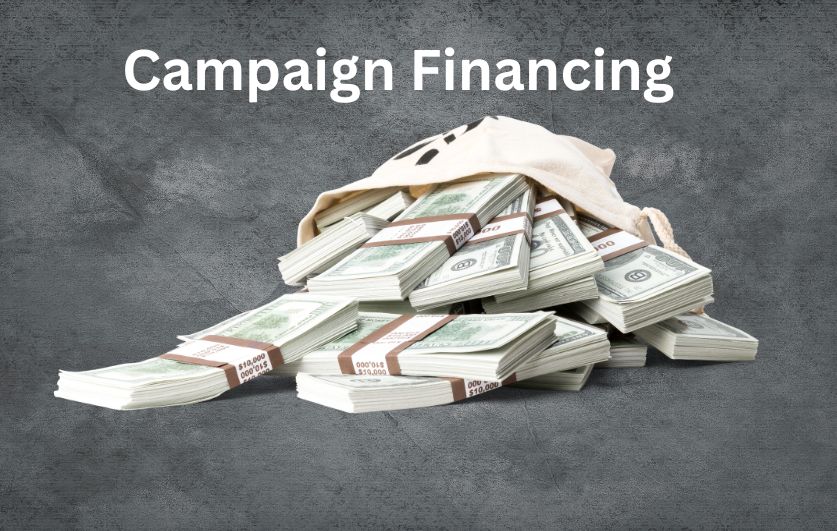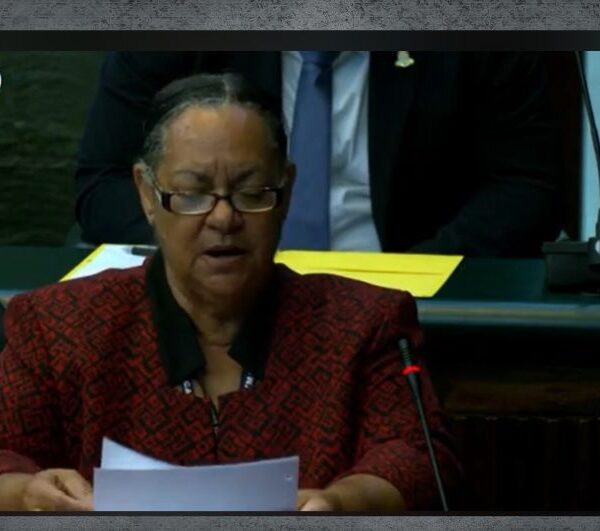
|
Getting your Trinity Audio player ready...
|
By Alric Lindsay
According to the Elections Act, a candidate’s maximum allowable expenses are $40,000. Not included in this calculation are deposits made by candidates on their nominations and any expenditure incurred before the date of nomination. The latter exemption is a quirk in the Elections Act, which allows potential candidates to receive services or materials before nomination day without counting towards the legal maximum for campaign expenditure. This raises questions about whether there should be increased scrutiny over campaign spending before nomination day and whether transparency in campaign financing could be enhanced by making changes to the Elections Act or appointing an independent third party to monitor campaign spending.
Breakdown of campaign expenditure
Campaign financing requires a careful look because wealthy individuals and influential organizations supporting potential candidates may withdraw significant cash from their bank accounts several weeks or months before nomination day. This practice may give the relevant candidates a notable advantage, as they can use the cash to pay in advance for campaign-related expenses.
Some of the expenses that may be covered in advance or after nomination day include the following:
- Stages
- Renting of meeting venues
- Signs
- Social media marketing
- Newspaper ads
- Video production
- Campaign pamphlets
- Political advisors or consultants
Staging for events includes platforms, lighting, sound equipment, seating rentals, and personnel for assistance. A candidate can spend $25,000 or more on staging over several meetings.
When using community centres as meeting venues, the costs are typically minimal, with little coming out of the candidate’s pocket. However, some places may charge for meeting rooms, with costs running around $100 per hour, depending on the provider, when business people or others wish to meet privately with the candidate to discuss concerns.
For meeting promotion and advertisement, candidates contact printing or design companies to create signs with their logos, slogans, or meeting details. Signs featuring candidate photos will also be strategically placed in different communities. Depending on the number of signs, this could cost a candidate at least $10,000 (this could be less if they use signs from a previous election).
Other marketing methods involve social media ads, podcasts, online newspaper ads, pamphlets, and video production. A full-page newspaper ads alone may cost up to $1,000, and a professional video could cost $1,500 and up. Google ads could also cost hundreds of dollars.
The total cost of multiple professionally done videos and ads could be substantial for a political party, possibly $20,000 or more.
For political parties and groups with sufficient resources, international political advisers may also be hired to conduct polling in communities before an election and provide strategic direction. This could cost between $50,000 and $100,000 at the higher end.
Making campaign expenditures more transparent
One of the ways to confirm whether a candidate complies with campaign expenditure limits after nomination day is the existing reporting requirement under the Elections Act.
This states:
(1) Within thirty-five days after the date on which the election is declared, every candidate shall deliver to the Supervisor a true return in the form requested by the Supervisor containing a statement of all payments made or received by or on behalf of the candidate.
(2) Every return shall be supported by a declaration sworn to before a Justice of the Peace by the candidate stating
(a) that the return fully and accurately sets out all payments made by the candidate themselves; and
(b) that to the best of that person’s knowledge, information and belief the return is a full and accurate return of all expenditure incurred by any person by or on behalf of the candidate, and of all monies, securities or the equivalent of money received by the election agent from any source in connection with the election.
(3) The Supervisor, within ten days after that Supervisor receives any return, shall publish a summary thereof accompanied by a notice of the time and place at which the return and the documents in support thereof can be inspected.
(4) A person who knowingly makes a false or incorrect return commits an illegal practice.
In addition to the above reviews by the Supervisor of Elections, further comfort could be obtained regarding compliance with campaign expenditure limits under the Elections Act if spending was monitored by international election observers, usually present during general elections.
Such observers could arrive in the Cayman Islands a few weeks or months before an election date. They may help identify any high-cost campaign items not reported in a political candidate’s expense return submitted to the Supervisor of Elections. They may also assist by reporting any potential vote buying or unexplained cash activity between voters and persons associated with candidates.
Even further transparency could be obtained if candidates were required to establish bank accounts specifically for their campaigns. The Supervisor of Elections could review the bank accounts and match the activity against the return of expenses filed by the candidate detailing campaign expenditure
Whether or not policymakers would actually consider these amendments to the Elections Act will depend on their views of the costs and benefits of increased monitoring, reporting and transparency in campaign financing. If they don’t agree that any improvements should be made, the current rules will continue to allow some individually wealthy candidates and candidates backed by high-profile companies to gain an advantage over candidates with less deep pockets. This is because access to cash allows near-unlimited spending before nomination day, significantly benefiting their campaigns after nomination day.







